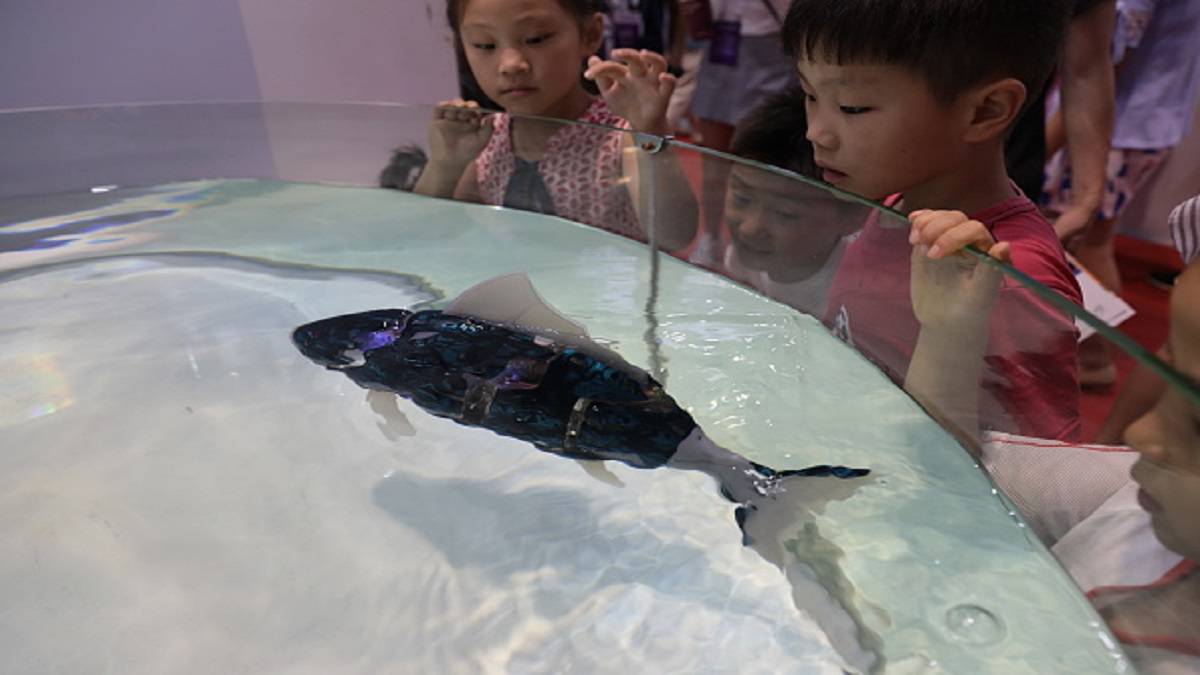Chinese researchers create robot fish that eat microplastics

Researchers at Sichuan University in southwest China think that robot fish that “eat” microplastics may one day help to purify the planet’s polluted oceans.
A bionic robot called a “robot fish” resembles a living fish in both shape and action. Reports state that 30 prototypes of fish with merely the ability to flip and drift in water have already been created, representing about 40 different species. However, the idea of a robot fish has something new added to it this time.
Chinese scientists have developed fish that are soft to the touch and are just 1.3 cm (or 0.5 inches) in size. This is a new take on the concept of robot fish. These robotic fish have a built-in capability that enables them to consume microplastics from the body of water they are housed in. One day, this ability to consume all microplastics could assist in cleaning up all of the filthy oceans and other water bodies. By keeping the fish in shallow water where they sucked up all the microplastics away, the team of Chinese scientists has previously tested the effectiveness of the fish in removing the microplastics.
According to one of the experts that created the robot, the team’s major goal is to make it possible for them to gather microplastics in deeper water and offer information to analyse marine pollution in real time.
“Such a lightweight, little robot was created by us. It can be applied in a variety of contexts, such as biomedical or risky operations, or even as a small robot that can be localised to a specific area of your body to assist in the treatment of a condition.”
These fish have the incredible ability to swim up to 2.76 body lengths per second, which is quicker than the majority of artificial soft robots. Even when it is harmed, these fish are able to absorb toxins and recover.
With the irradiated light function, which helps it to flap its fins and wiggle its body, these black robot fish that have been placed in the water can still be controlled by the scientists from the outside to avoid colliding with other fish or ships, for that matter.
Because polyurethane is created from a material that is also biocompatible, it can be digested without causing harm if it is accidently consumed by another fish, according to the expert.
Even when it is hurt, the fish can recover by absorbing pollutants. It can swim faster than the majority of artificial soft robots—up to 2.76 body lengths per second.
“Most of our work is focused on collecting (of microplastics). It functions similarly to a sample robot and is repeatable ” the expert said.

